Sarah Polley‘s drama Women Talking is currently nominated for Best Picture but it may have been a different film altogether had Polley not brought in her past collaborator Christopher Donaldson to serve as a pair of fresh eyes and a Co-Editor alongside Roslyn Kalloo. Donaldson and Polley reconfigured the opening of the film and changed the character who delivers its voiceover, both of which had a ripple effect on the rest of the film.
Though Donaldson had previously edited Polley’s Take This Waltz, he wasn’t available when Women Talking started production, so Kalloo took the helm of the Avid during principal photography.
Based on the literary sensation of the same name by Miriam Toews, Women Talking is set in 2010 and follows a group of women living in an isolated religious colony as they discuss what to do about the sexual assaults being committed by the men of the community. Should the women stay and accept the abuse, should they stay and fight back, or should they leave altogether?
The film features a star-studded cast including Rooney Mara, Claire Foy, Jessie Buckley, Judith Ivey, Kate Hallett, Sheila McCarthy, Michelle McLeod, Ben Whishaw, and Frances McDormand, and following a run on the festival circuit, it opened in limited release in late December before expanding into more theaters throughout January.
Below the Line recently spoke to Donaldson and Kalloo about their collaboration together, Toews’ book and whether they felt any pressure to live up to its acclaimed reputation, and how they each got their start in the entertainment business.
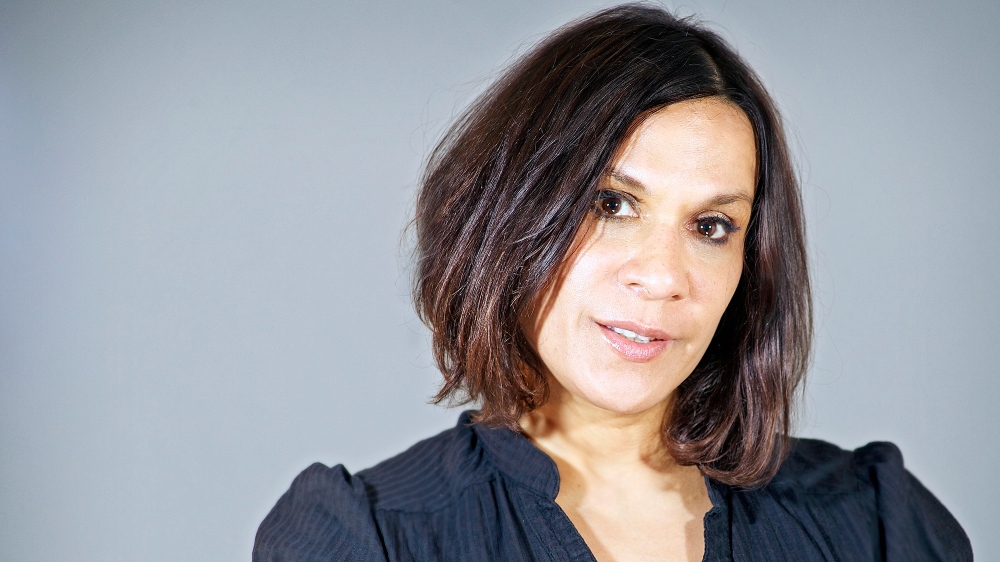
Below the Line: Were either of you familiar with Miriam Toews’ novel before signing on to the film?
Roslyn Kalloo: I read the novel as soon as I got the call from Sarah. I read the novel twice — the second time kind of trying to imagine it as a film; the first time just to get the story down.
Chris Donaldson: I had read the book, too. It was quite a literary sensation in Canada and obviously, internationally, when the book came out. I had read it and everyone’s first instinct was to go, “this should be a play.” Leave it to Sarah Polley to completely envision it as cinema as opposed to just being a play.
BTL: As editors, do you feel a lot of pressure when it comes to the whole “is the book better than the film or is the film better than the book?” debate?
Kalloo: Not really. They’re entirely two different things, so, no, I wouldn’t say I feel that pressure. I think the pressure comes in cinematically portraying the story in the book and crafting the performances and the emotion appropriately. That’s where the pressure is, I feel.
Donaldson: Yeah. There’s lots of stuff to feel pressure about but whether or not it’s as good as the novel is not something that we really have any control over. I think there’ll be people who say, “Oh, I prefer the book,” and there’ll [be] people [who] say, “Oh, I prefer the movie.” One of the hardest things in working on something like this — and really, in working on anything — is it becomes so personal and so important to you, and [it’s] entirely the product of the endeavor of so many people that when it’s laid open to an audience and to bloggers and sarcastic tweeters, that’s the hard part. Just not taking any of that in other than as, “I’m just glad people are watching the film.”
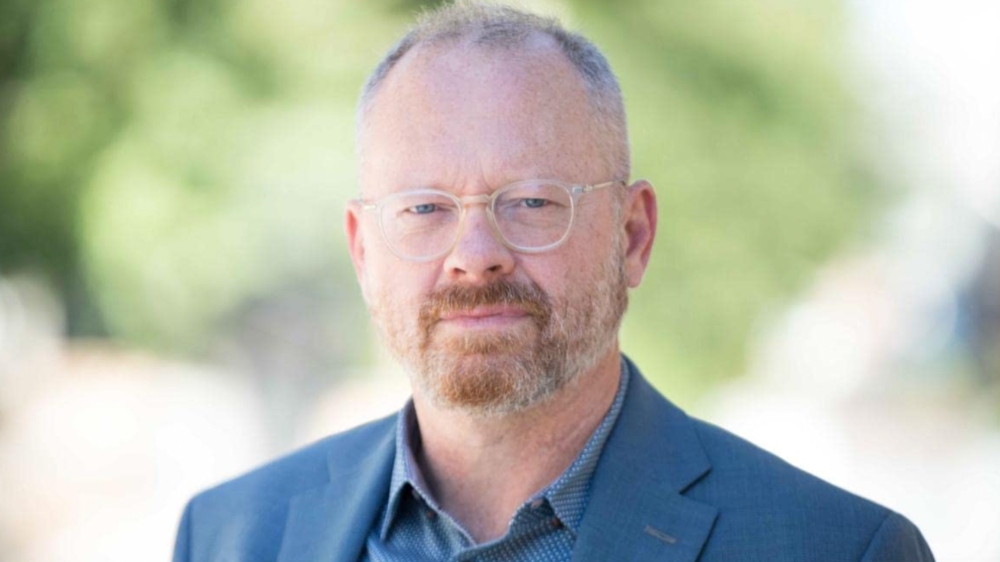
BTL: Chris, this was your second collaboration with Sarah Polley. How has the shorthand improved between the two of you since you first worked together on Take This Waltz?
Donaldson: I don’t know if it’s so much a shorthand as [it is] trust. I think in any deepening relationship, whether it’s creative or professional, or personal, trust is the thing that develops over time. You can say really stupid things [and] they don’t think you’re stupid, or at least you don’t have to worry about them thinking you’re stupid for very long. I would say that on this, I had a sense now of Sarah’s taste in cutting, taste in performance, taste in holding on to certain shots, [and] so on and so forth.
Therefore, I felt like I knew better this time how to find what she [was] looking for because ultimately, she’s looking for something. She’s not trying to replicate the perfect vision of something she has in her head. She’s trying to find — through the collaboration of everybody in the film, from the actors [to] the DOP [and] the production assistants — an emotional truth. I feel like because it was the second time we were working together, it was easier to try and pull that out of the material.
Kalloo: I find that very true. She’s very patient and she’s highly attuned to performance, being a former actor herself. She’ll patiently go through massive amounts of footage looking at the dailies to find exactly what it is that resonates with her — that authentic moment that resonates with her.
BTL: What editing software did you use on Women Talking?
Kalloo: Avid.
Donaldson: Yep, the Avid.
Kalloo: Avid, and also, ScriptSync. Being a really dialogue-heavy project, the first thing we did when we were getting set up is install ScriptSync on everybody’s system. I don’t know if you’re aware of that software but it enables you to really quickly find a line or go through different takes of the same line almost immediately, once it’s configured appropriately. That was also a lifesaver [in] going through all the takes and crafting the performances.
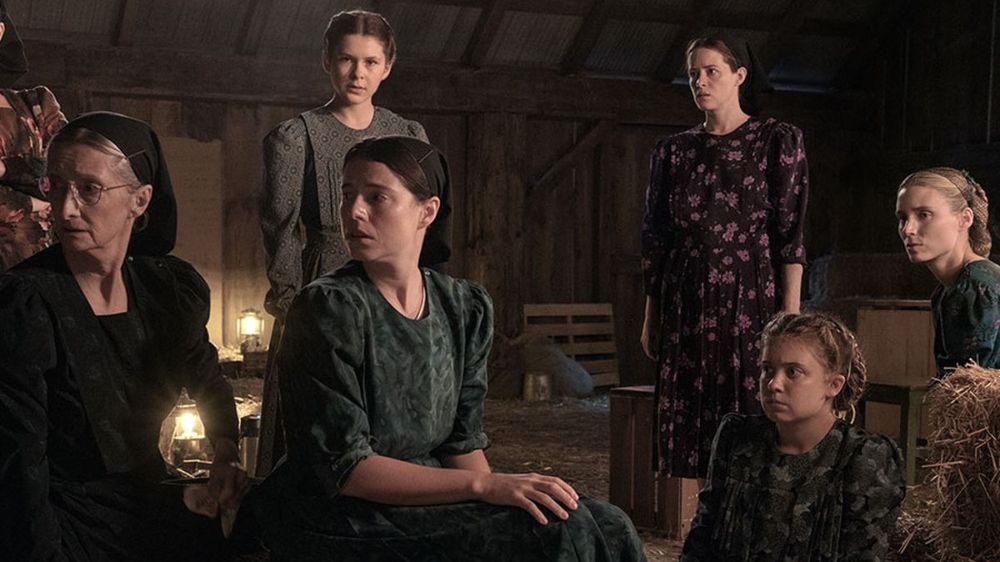
BTL: How long after production wrapped did you have a rough cut ready to go?
Kalloo: There was a rough director’s cut, mostly done as scripted. We started in July, and that was around December. There was an editors’ cut that was very, very rough and hastily assembled during the shoot that was available, I think, two weeks prior to the shoot wrapping.
Donaldson: Yeah, a film like this, with the amount of great coverage and the [number] of cameras — two or three cameras — and quite frankly, just the sheer volume of incredible performances meant that, in some instances, assemblies are built, like, “here you go,” and you’re ready to run. Whereas an assembly with this sort of material, it’s just a starting point. It’s the “okay, now we edit the film.”
Kalloo: It’s a very, very rough roadmap, essentially.
BTL: With an acting ensemble of this nature, how do you edit the film and ensure everyone has a moment to shine?
Kalloo: Well, that’s largely scripted. It’s incredibly surreal to be working with some of the finest actors working today, all together, [on] the same project. Sarah’s script actually made space for each character to have a monologue at a specific point in the conversation and those shots were designed as single takes and were performed very many times. But yeah, that was scripted.
Donaldson: Of course, you have eight or 10 people in a room all at once and as you whittle the film down to its essence, you begin to realize, “oh, this moment needs to be about those two, [and] this moment needs to be about those three, or that moment needs to be about one person.” Beyond the written signposts that Sarah put for everybody, you gradually would begin to realize, “oh, the most important person to hear that line is this person right now.”
BTL: Between the editors’ cut and the director’s cut, were there any major differences in length?
Kalloo: Not so much length, but more, kind of, [in the] structure. Well, we went through a lot of variations of the first act, in particular, which is fairly common for features as I understand — just getting that first act and the setup perfectly. It did go through many incarnations. When Chris and Sarah decided to change the character who was delivering the voiceover, that really opened up things and significantly changed. It had a kind of ripple effect throughout the whole film and a lot of things changed dramatically.
Donaldson: We ended up probably dropping — from the time where we made that change — we took about 40 minutes out of it after that, and then probably, two or three more minutes came back in. Once we found that voice of Autje, it sort of enabled us to streamline a lot of material.
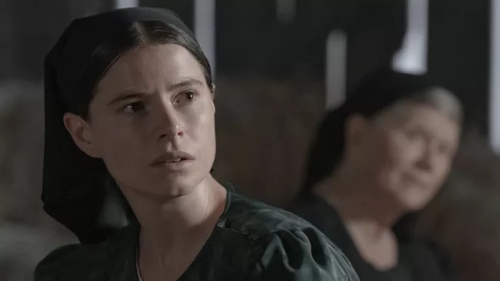
BTL: How did the two of you handle editing duties?
Kalloo: Well, initially, as Chris has said, he and Sarah have worked very successfully in the past before, but he was unavailable when shooting began, so that was lucky for me. I started [on the] first day of camera, and went very carefully through the performances with Sarah, crafting those, and going through the different variations of performance. When Chris was free, he came on board, and I have to say the film benefited substantially from his fresh eyes.
Donaldson: Yeah, when Roslyn and Sarah are managing so much, so many trees — by the time I came in, it was easier for me to see the forest. When Roslyn handed me the baton, we were working on the forest after that, after they built so many incredible trees.
BTL: At what point did you come into the process?
Donaldson: After an initial director’s cut that went to the producers. [That’s] when I became available.
Kalloo: It was kind of a very rough director’s cut. It was actually incomplete with the understanding that there would be a substantial amount of restructuring that needed to be done still.
BTL: What were some of the challenges that came with editing a film during the pandemic?
Kalloo: We actually worked together in the suite. We wore masks. I think the biggest thing was that we always had to have a mask on. It didn’t really change much. I mean, it affected the shoot greatly. But for post, I would not say that it affected things too much other than the fact that we had to wear masks and adhered to the normal Covid restrictions. We got tested once a week, so that was good. Nobody got sick, actually. In post, nobody got sick.
Donaldson: As it turned out, the edit room was actually fairly long. Sarah could be in the back and you could be [at] the front and you were well beyond the six-foot social distancing thing, so you could feel comfortable in that environment.
Kalloo: You could even have a meeting with a couple of people and still feel safe in that the room was so big.
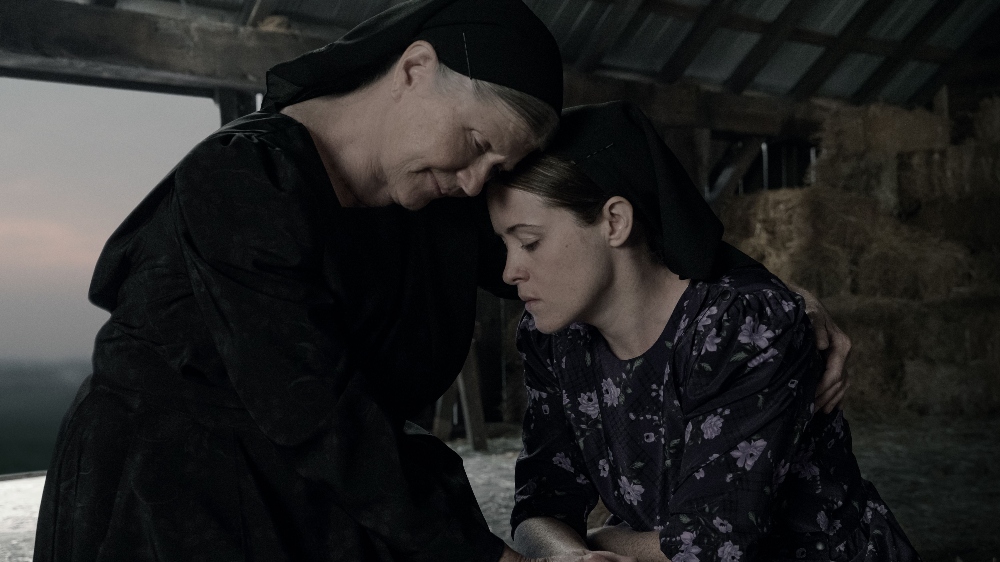
BTL: Yeah. I’ve spoken with some editors who have worked with their filmmakers directly over Zoom, Evercast, or some other program, and I can’t even imagine having to edit that way.
Kalloo: I edited quite a few projects that way — television series, mostly — so it was actually nice to have the director come in every day. It was a nice change, being in person. You can’t beat it.
Donaldson: Yeah, absolutely.
BTL: Was there a scene in the film that you found to be the most challenging?
Kalloo: I think all the dialogue scenes had their challenges, mostly because of the quality of the high standard of performance that was consistently there, and also, the abundance of choices. In that way, they were challenging. I would imagine that the most challenging part would be the first act of the film. I don’t know if you agree with that, Chris.
Donaldson: I would, in this instance, especially because the first act was based around one character’s POV, and scenes [were] written deliberately for that. When we changed the POV, we had to completely create and construct, from scratch, an opening. That is where editing is truly thrilling and truly a cinematic art form. It’s like, “Okay, let’s take this shot of the guy running away from scene 25, and let’s put it up against the flashback from scene 36,” and so on and so forth. You just create this new relationship to the images based on how you’re placing them up against one another. That was probably, on some level, the most challenging because you were creating your own map. You were creating a script and a movie out of material that was not necessarily designed [for] that.
BTL: How did you first get an interest in editing?
Kalloo: I was really interested in theater initially, and wanted to direct theater or perform in theater. I was studying theater [since] high school. Anyways, I got a little bit of stage fright and decided that I would rather be behind the camera, [so I] edited a couple of projects at university during the heydays of music videos — although I’m dating myself — and really took a liking to [it]. This was kind of like screenwriting but with images. I was also passionate about screenwriting as well. I felt like I found my calling and just decided at that point, after leaving university, just to pursue it, to see what would happen. That’s basically it.
Donaldson: I went to film school like everybody who goes to film school and assumes that they’re going to direct or write, something like that. I felt pretty clearly out of film school like, “Okay, that was fun, but now I have to go and actually learn how to do this.” I was drawn to editing right away because it felt like the environment where you learned [doing] anything. Especially at a junior level, heading into the film industry and being on set as a P.A., you’re a million miles away from the action.
As a trainee assistant editor, you’re six feet from the action. Once I actually started working in an editing room, I find, “oh, not only do I love this intensely, but it totally suits my personality.” I like being in a room for long stretches by myself. I don’t like going to meetings. I like being able to pull every aspect of my life and my creativity into this one creative act, and editing is absolutely perfect for that.
Kalloo: I have to second that — the personality fit. I think that I feel that as well. And also, there’s this kind of flow that takes over when you just lose track of time and you’re just so concentrated and focused on the material that is in front of you. I love that state. It’s similar to what many artists talk about, that sense of flow and losing themselves. I just really love it when that happens on a project.
Women Talking is still playing exclusively in theaters until March 7, courtesy of Orion Pictures.




